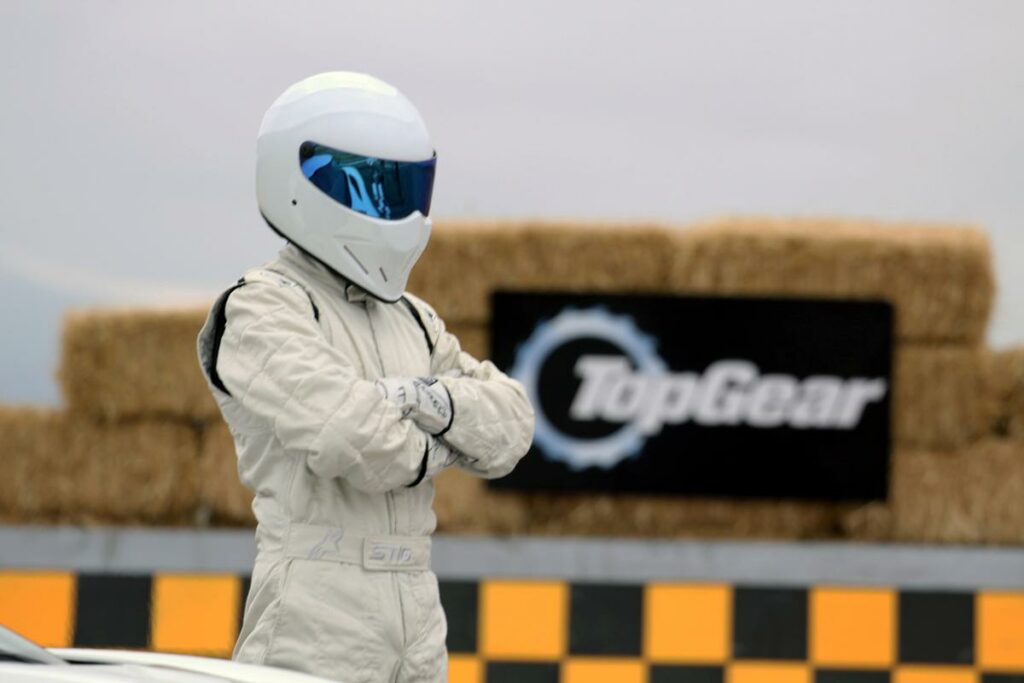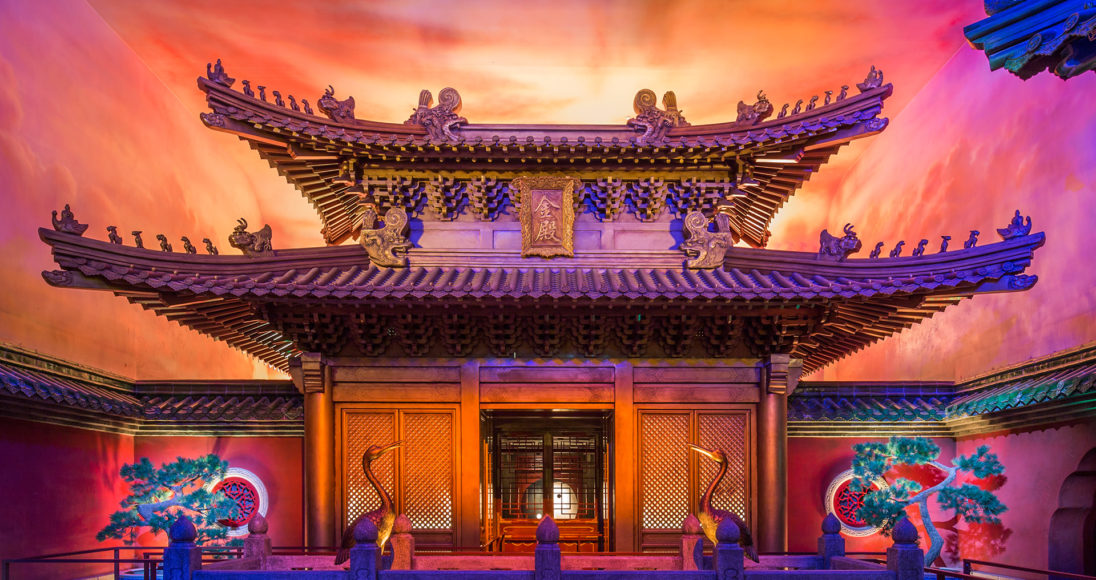
Two entertainment designers analyze the risk-to-fun ratio.
Add up what it cost to build all the themed entertainment destinations around the world and you get a figure with so many commas and zeroes, it would make most of us weak at the knees. How did all these fantastic ideas become built realities? What did it take to make it happen? It’s tempting to think that someone’s business brain was in charge the whole time, making calculated decisions. But that’s not where the game-changing, one-of-kind ideas really come from. For those, you need to tap into your right brain, where creativity and intuitiveness reigns. And that takes guts.
So here you are, standing on the brink of a brilliant opportunity that comes with enormous costs. No matter what happens now, you will ultimately be held responsible for how it turns out. With real dollars and real reputations at stake, you want a design partner that gets just how big a risk you’re taking but is still willing to nudge you out of your comfort zone for the sake of your vision.
How far are you willing to go? Ask yourself these five questions:
1. What is the real cost of innovation?
Think of innovation as a spectrum with a time-cost correlation. Absolute originality takes more time and comes with higher development costs. And you need to be prepared that this is going to be a leap. Because if it’s never been done before, you can’t ask your design partner to show you examples of it in the built environment. In comparison, existing technologies that are customized to your concept can cost less and be developed faster. And you’ll be able to see versions of them already in action. Regardless of where you put yourself on the spectrum, you’ll need to be the strong decision maker who fights off the committeefication that can downgrade an innovative idea into a mediocre one. And if you’ve chosen the right partner, you can trust that they’re not going to let you develop outrageous but unbuildable concepts.
2. Does the EST factor matter to me?
The EST factor means having the biggEST, fastEST, tallEST, whateverEST building, ride, attraction or concept in general. As exciting as it seems, the EST factor has its pitfalls. There are usually big dollars attached to its development – and a short lifespan! You’re only at the top of the EST list until somebody comes along to out EST you. And in the fast-moving, high-stakes entertainment design universe there’s always someone ready to knock you off that perch. Instead, focus on the uniqueness of the concept; the aspects that give you exclusive ownership; the things that make it endurably, unalterably yours. Simply strive for the B-EST!
3. Is a popular brand necessary for success?
Affiliating with a known brand sounds risk-free but it’s not always the case. Acquiring the rights to a recognized brand or intellectual property can be costly. There are often strict guidelines around its use, which your design partner must deftly navigate. And brand slap, the haphazard application of an intellectual property for the sake of a fast profit, can quickly backfire. Managed and developed carefully, a brand can be a valuable asset that adds prestige and stature to your project, but it’s not a magic bullet. Which brings us back to the advantages of asking for innovative, original concepts that are exclusively yours.
4. How do I calculate my ROR (Return on Risk)?
Start by thinking about what this project really means to you. Is making money your Number One priority or is making a statement more important? The answer is not always as obvious as it may seem and some serious soul-searching on your part will steer the project to where you really want to go. Another factor to consider is that the key entertainment piece itself is often not the primary money maker; it’s the critical mass around it – food and beverage, retail, accommodation. On the other hand, you can’t rely on critical mass alone –
people can eat, shop and stay anywhere. Your entertainment anchor can be the catalyst that draws them in.
5. Am I putting my risk where the reward is?
The peril in knowing what you like is that you may find yourself liking only what you know. Step out of that familiar fallback position and you open yourself up to ideas that come from people who are trying to get the best result for you. You may feel uncomfortable in the unfamiliar but that’s exactly where a good design partner will take you. Yes, you are taking a creative risk by exploring the unknown – but that’s where the biggest reward is!




